Building Renovation vs. Refurbishment – What is the difference?
Renovation refers to construction measures that restore a building or structural component to a fault-free condition. This goes far beyond cosmetic improvements, as the focus lies on functionality. Unlike modernization (which aims at technical upgrades) or refurbishment (often limited to aesthetics), renovation is about fundamental improvements such as structural stability, removal of harmful substances, and energy efficiency.
This distinction explains why the discussion around renovation vs refurbishment is so common – and why the right choice always depends on long-term goals.
Types of Building Renovation
Depending on the intended outcome, different renovation approaches can be applied:
- Energy-related measures to optimize insulation, roofs, or façades
- Technical upgrades for building services and systems
- Functional changes to adapt spaces for new purposes
- Aesthetic improvements that refresh design and appearance
In practice, these aspects often overlap – whether in industrial, corporate, or facility renovation – and together they transform outdated properties into future-ready spaces.
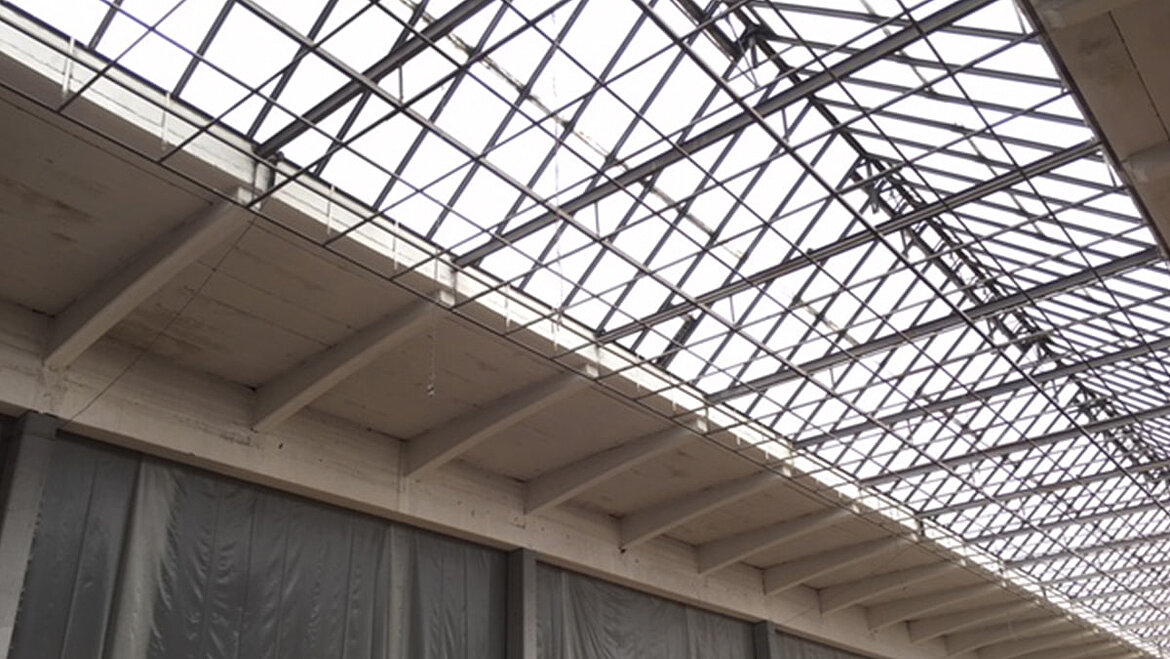
What exactly is renovation?
Renovation is on everyone’s lips. But what does it actually mean, and how does it differ from refurbishment or modernisation? You’ll find all the answers in this article.
Benefits of Renovation
Renovation is more than repairing defects. It provides a wide range of benefits, from noticeable energy savings and lower heating costs to compliance with ever-stricter building regulations. At the same time, it increases comfort for occupants and strengthens the long-term value of the property.
Especially in times of rising energy prices and ambitious climate protection goals, building renovation has become a central driver of stability and competitiveness.
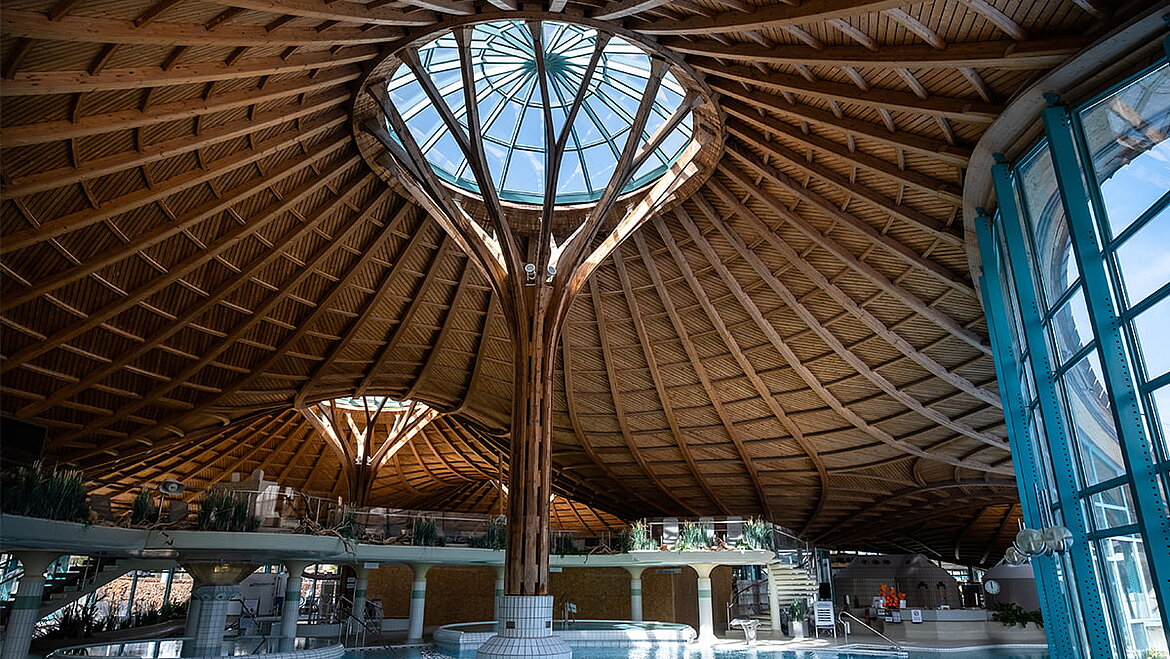
Why renovate?
To achieve climate targets, we urgently need to increase the renovation rate. We will show you the current status and explain why working with existing buildings is so important.
Building Renovation in Heritage Conservation
Historic buildings present unique challenges where cultural heritage meets modern requirements. Structural interventions must balance several aspects at once: they need to be technically sound, energy-efficient, and compliant with heritage protection laws. Regulations often set strict guidelines on materials, construction methods, and appearance.
Daylight solutions and roof openings play a particularly important role. They improve light conditions and functionality without altering the original character of the building. Renovating heritage-protected properties therefore requires not only technical expertise, but also creativity and sensitivity. The reward: architecture that preserves history while preparing for the future.
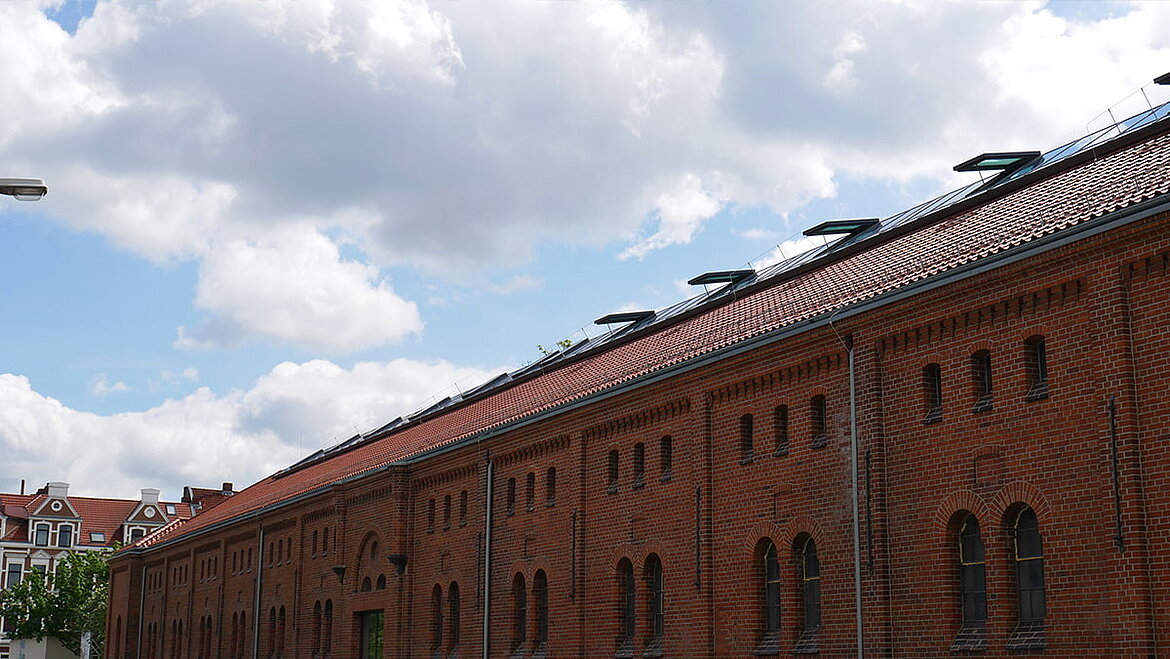
Historic building renovation
Heritage-appropriate renovation is a balancing act between preservation and modernity. Here, you’ll learn how this can be achieved and the important role that daylight plays in the process.
Building Renovation to extend the Lifecycle
A building’s lifecycle ranges from construction to decades of use, repurposing, and, in some cases, deconstruction. Renovation helps to extend this lifecycle, preserve valuable structures, and adapt them to new requirements.
Examples include:
- Converting an empty school into modern housing
- Transforming outdated office buildings into daycare centers or co-working spaces
- Developing resource-efficient adaptations for sustainable urban growth
With forward-looking planning, existing structures can be repurposed intelligently, reducing waste and contributing to long-term sustainability.
Energy-Efficient Renovation for more Sustainability
Anyone discussing sustainability in renovation cannot ignore the topic of lifecycle – and will inevitably also encounter energy-efficient renovation. Sustainable construction in existing buildings means more than simply using eco-friendly materials. It is about:
- Conserving resources through circular construction methods
- Extending a building’s lifespan by design for adaptability
- Using recyclable or low-emission materials
- Prioritizing insulation of roofs, façades, and windows to cut energy Costs
The goal is to significantly reduce the ecological footprint – both during operation and in the construction phase. Those who renovate sustainably rely on environmentally friendly building materials, focus on low-emission processes, and plan from the very beginning with reuse and deconstruction in mind. A central aspect here is energy optimization: in particular, the insulation of roofs, façades, and windows is crucial to lowering energy consumption and saving heating costs.
Those planning sustainable renovation should choose low-emission materials, recyclable construction, and design for future adaptability. In short: energy-efficient building renovation means using existing structures wisely while making them future-proof and responsible.
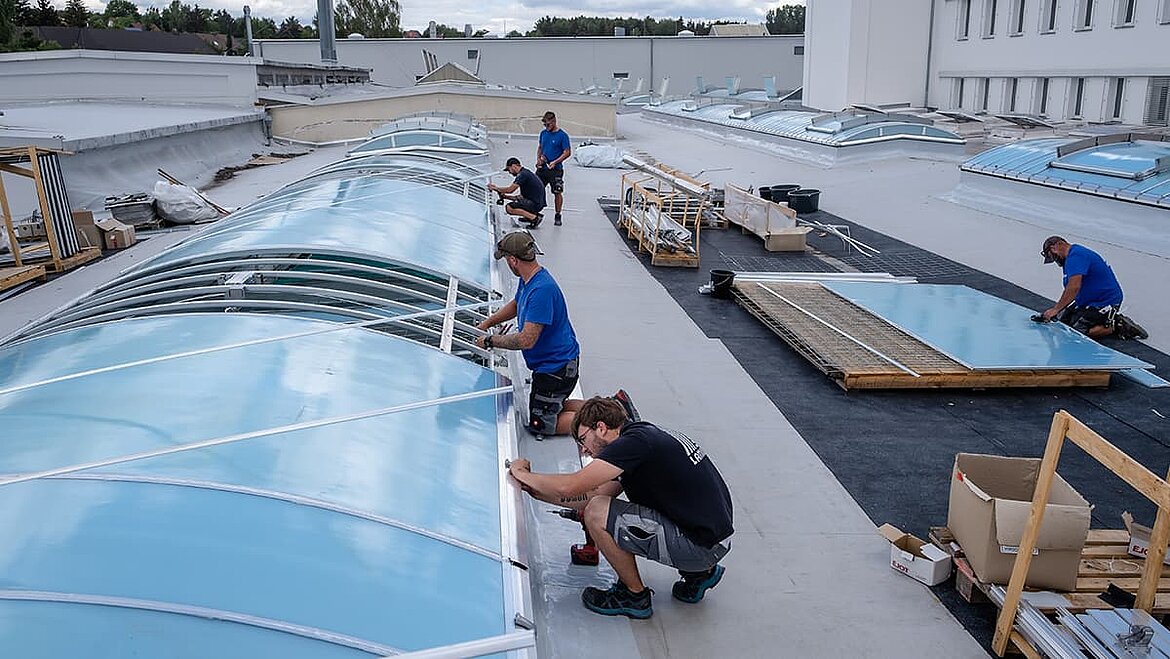
Energy-Efficient Renovation of Flat Roofs
Whether due to rising energy costs or new legal requirements: the energy-efficient renovation of flat roofs is becoming a key measure for sustainable buildings. Learn how insulation, daylight, and airtightness can be effectively combined – for efficiency, comfort, and climate protection.
Find out now how to optimize flat roofs for energy efficiency.
Daylight as Part of the Renovation Process
Daylight is often underestimated, yet it is one of the most important climate-friendly resources in existing buildings. Insufficient natural lighting affects well-being, concentration, and energy use in the home. At the same time, daylight is far more than an aesthetic upgrade – it enhances quality of life, reduces the need for artificial light, and supports productivity.
Integrating modern roof glazing or flat roof windows into the renovation plan turns the project into a light concept. Considering daylight from the very beginning creates bright, inviting spaces that put people at the center of sustainable design.
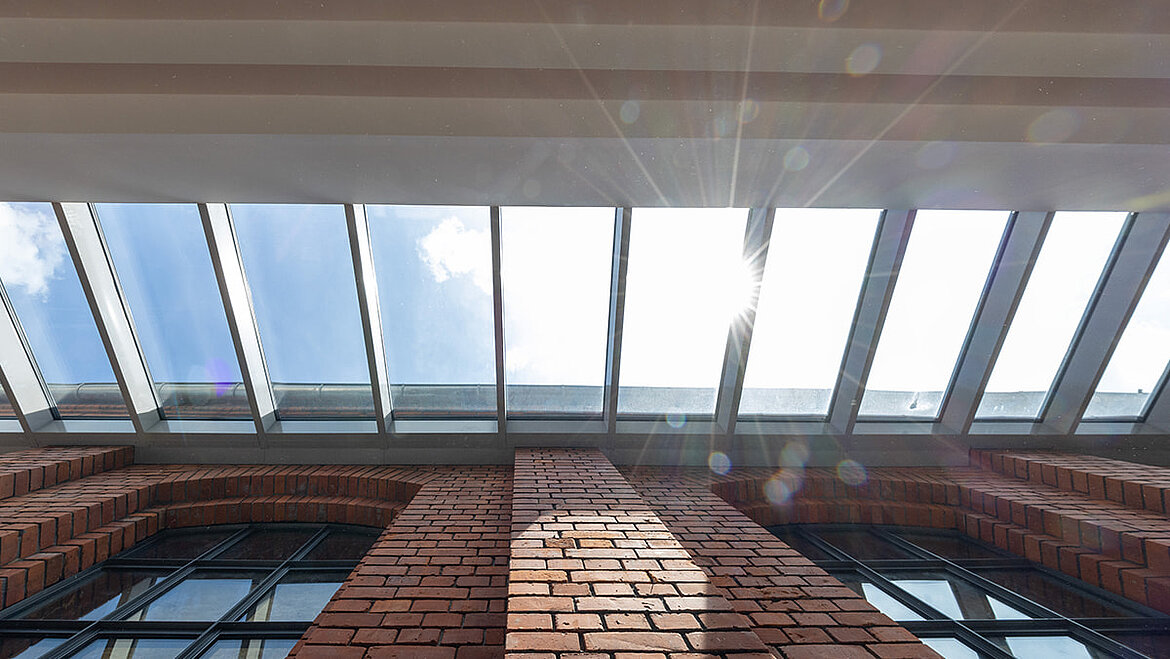
Daylighting Renovation
How can health-promoting daylight be effectively integrated into renovation projects? Experts Martin Hauer and Johannes Zauner reveal how intelligently planned daylight solutions can sustainably enhance existing buildings.
Increasing Building Value Through Renovation
Successful renovation enhances everyday usability and often increases property value. Particularly effective are roof extensions and vertical additions, which create entirely new usage options and revenue potential. Roof terraces and intelligent daylight solutions further boost attractiveness for tenants and buyers.
For forward-looking investors, building renovation is a strategic lever that combines value appreciation, sustainability, and user comfort.
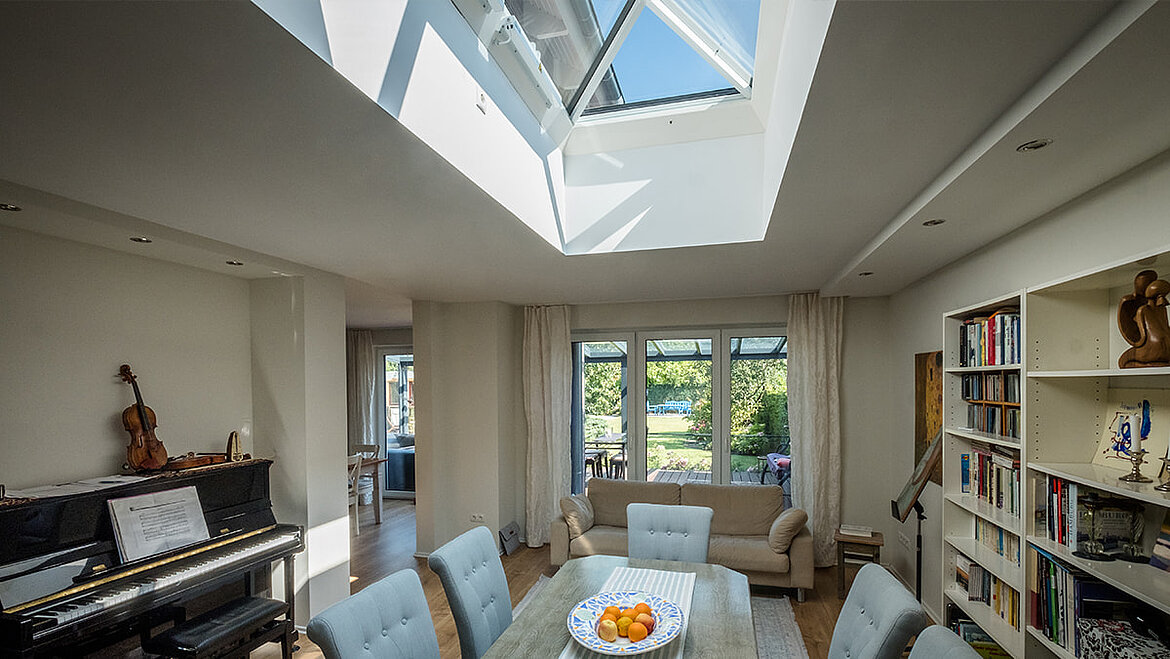
Increasing property value through renovation
A well-planned renovation not only enhances living comfort but also boosts the value of your property. Find out which measures are particularly effective and what really matters for a successful modernisation.
